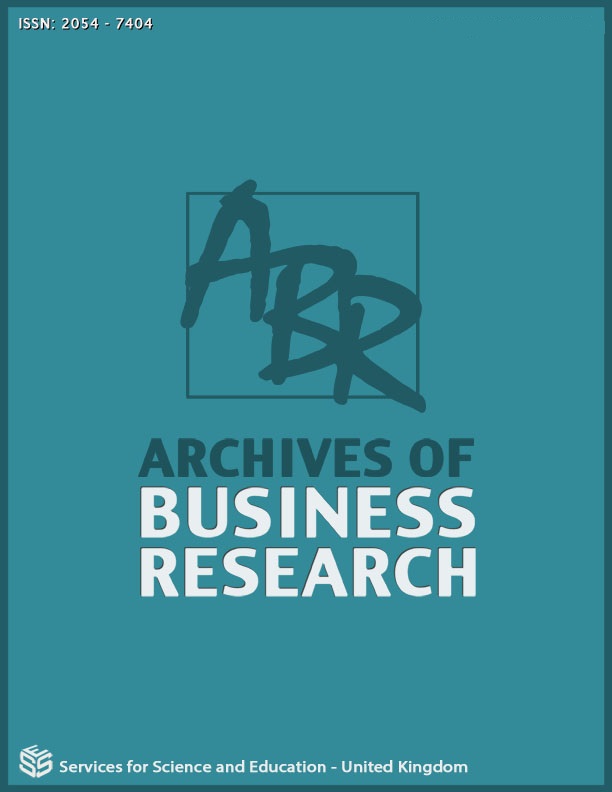Sustainable Tourism Development In India: An Exploratory Research On Sustainability Of Delhi Tourism
DOI:
https://doi.org/10.14738/abr.94.10043Keywords:
Development and Growth. Natural Resources, Renewable, and non-renewable Energy, Environmental Impact, Noise Pollution, Sustainability.Abstract
This research paper explores the economic, environmental, and socio-cultural sustainability of Delhi tourism from the perspective of tourists. Primary research was conducted among tourists based on a structured questionnaire at various tourist places across Delhi. This research paper used exploratory factor analysis (EFA), confirmatory factor analysis (CFA), and structural equation modelling (SEM) for examining and analysing the sustainability of tourism. The research findings on environmental pressure (EP) validate that tourism has been exerting huge pressure on the environment. The environment management (EM) system adopted by the tourism industry has failed in mitigating the adverse impacts of tourism and achieving environmental sustainability. The findings about economic empowerment (EP) prove that tourism has failed to achieve economic sustainability by empowering the local community. The destination governance (DG) mechanisms are directly contributing to the sustainability of tourist places. However, the findings on socio-cultural pressure (SP) fail to substantiate the argument that tourism is putting huge pressure on socio-cultural sustainability. Thus, tourism development in Delhi is not conducive to achieving environmental, economic, and social sustainability. Hence, the government should adopt proactive measures to mitigate the adverse impacts of tourism on the environment and economy integrating local communities while formulating and implementing tourism plans and programmes.






